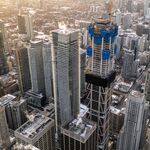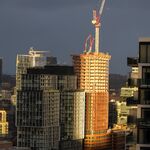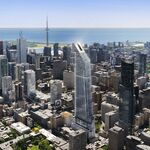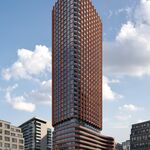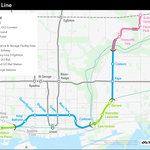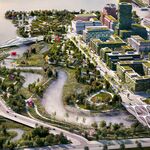The Toronto Zoo's management board has unanimously opened the door to a magnetic levitation (maglev) train proposal that would run around the park along the 5km route a monorail once took.
 Examples of the kind of maglev shuttles Magnovate could build for the Toronto Zoo
Examples of the kind of maglev shuttles Magnovate could build for the Toronto Zoo
According to Edmonton-based Magnovate, the maglev would cost $25m to build, but neither the zoo nor the city would pay a penny for construction. Around $10m would be sought from the government, and another $15m from private sources. The ultramodern ride would be an attraction for the zoo (at $12 a ticket) and would be an opportunity for the company to test and demonstrate its new take on this technology. The company now has until the zoo's next board meeting in June to add detail to its presentation to the board and see off any competing offers that may arise between now and then.
This is only a first stage, however; Magnovate has talked before about similar building projects in Alberta, one of which at the University of Alberta had been slated to start construction in 2014. The company's CEO, Dan Corns, explained that it did not go forward because Sustainable Development Technology Canada, a key potential government funder, told them "we should find a demo host site that would better represent a commercial deployment" and therefore the Toronto Zoo is now the company's favourite place to site its demonstration route.
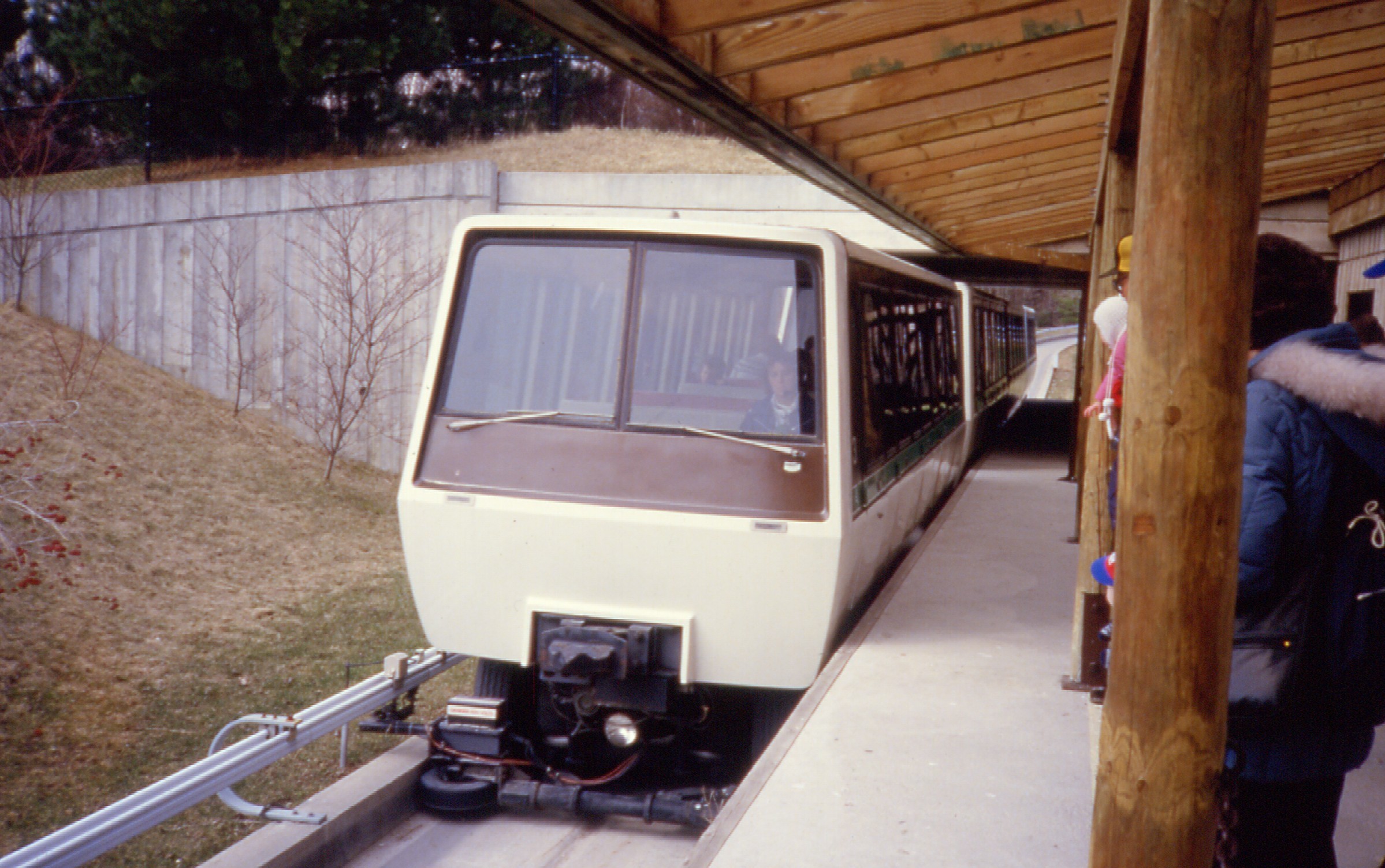 An original Dashavator train (source: Robert Taylor from Stirling, Canada)
An original Dashavator train (source: Robert Taylor from Stirling, Canada)
Magnovate proposes splitting the profits of running the shuttle with the zoo, and after five years, the company would pass ownership to the zoo. Glenn de Baeremaeker, a member of the Zoo's management board and councillor for Scarborough Centre, has expressed concern that there might be difficulty getting parts to keep the train going once the responsibility for running the trains is handed over, but Corns that there are many major projects his company expects to work on in the coming years. "Most of the components are actually found in the automotive supply chain and are standard parts that can be bought off the shelf. There will be parts that will be custom made but they are expected to last 50-70 years", he added.
It was arguably lack of proper maintenance that doomed the "monorail" (actually it ran on wheels) that the maglev shuttle might replace. It was a popular attraction when it opened in 1976, two years after the opening of the zoo, but in 1991 there was a crash that injured nine people, and in 1994 a second more serious one when power failed on a train climbing a hill and it rolled backwards, injuring 27 people. The Zoo was charged under the Occupational Health and Safety Act and fined $43,000 - the monorail never ran again.
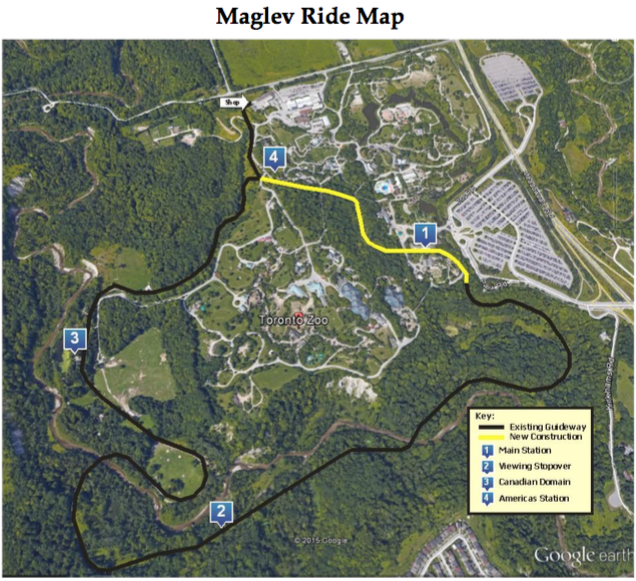 A map of the planned route of the maglev shuttle (source: Magnovate)
A map of the planned route of the maglev shuttle (source: Magnovate)
It has been an interesting few months for alternative forms of transit in the city, with a projected gondola over the Don Valley and more recently one city councillor mentioning hyperloop trains during a council debate over Toronto's latest 25-year transit plan.
Traditionally, maglev technology has been used to build very high speed rail; the fastest passenger train speed achieved (under test conditions) was 603 km/h by a Japanese L0 maglev train. However, maglev lines have also traditionally been very expensive to build. Magnovate claims its system which features driverless single carriages floating higher off the guideway than conventional maglevs and automatic "packet switching" style routing makes it suitable not just for inter-city traffic but conventional urban transit (which could be seamlessly integrated into 500 km/h inter-city maglev networks when needed). The zoo's shuttles will travel at a relatively stately 30-35 kmh in normal use (so passengers will be able to admire the animals as they pass) though they plan to demonstrate them moving at 120km/h on straight portions of the track. The company is also looking into the possibility of connecting the zoo to the nearest train line.
Could this technology make a good alternative to Toronto's planned conventional transit network? "Absolutely!" says Corn, citing lower deployment costs and much lower maintenance costs (because the trains have fewer moving parts). As a bonus, the trains would be "whisper quiet". If the zoo were to approve the detailed plans, and once financing fell into place, the zoo's system could be built in less than three years: could the relief line end up floating?
Join the conversation about monorails (and maglev trains) in Toronto already taking place on our forums.

 1.9K
1.9K 
















